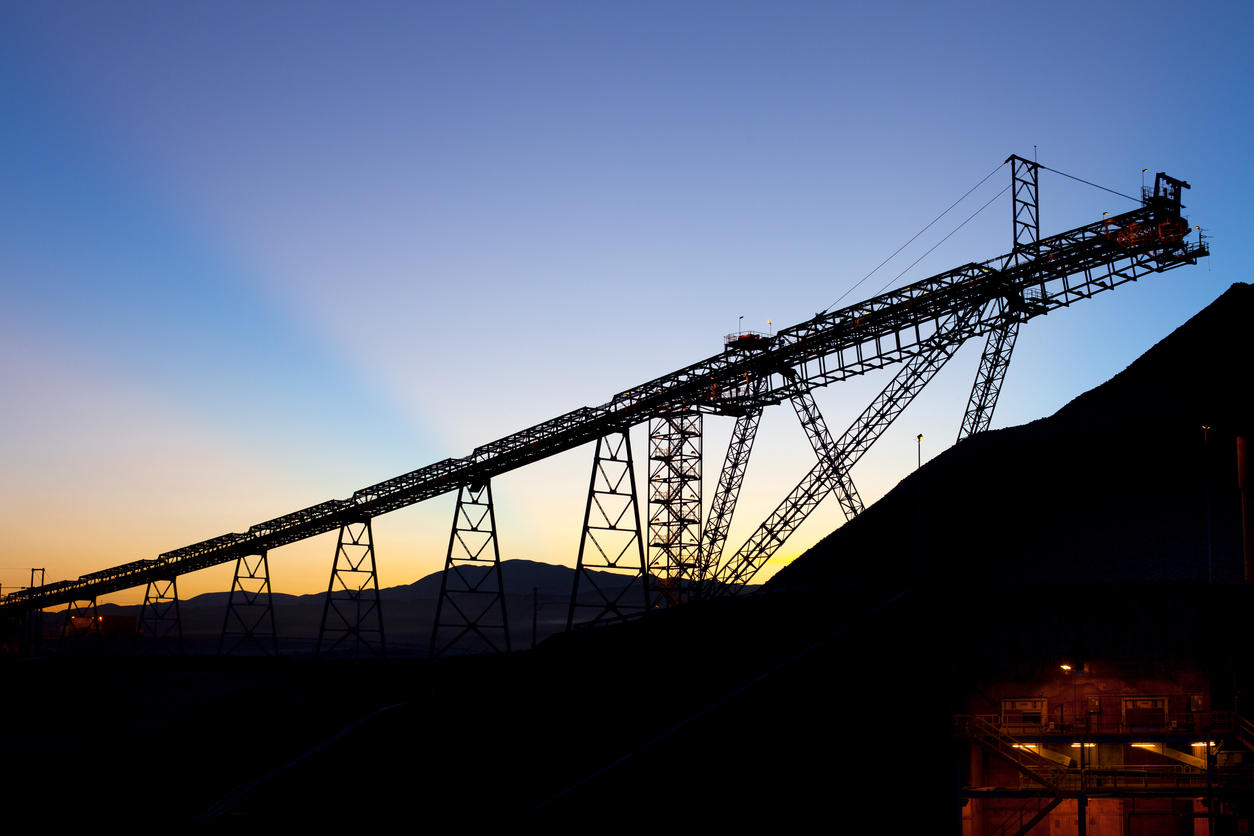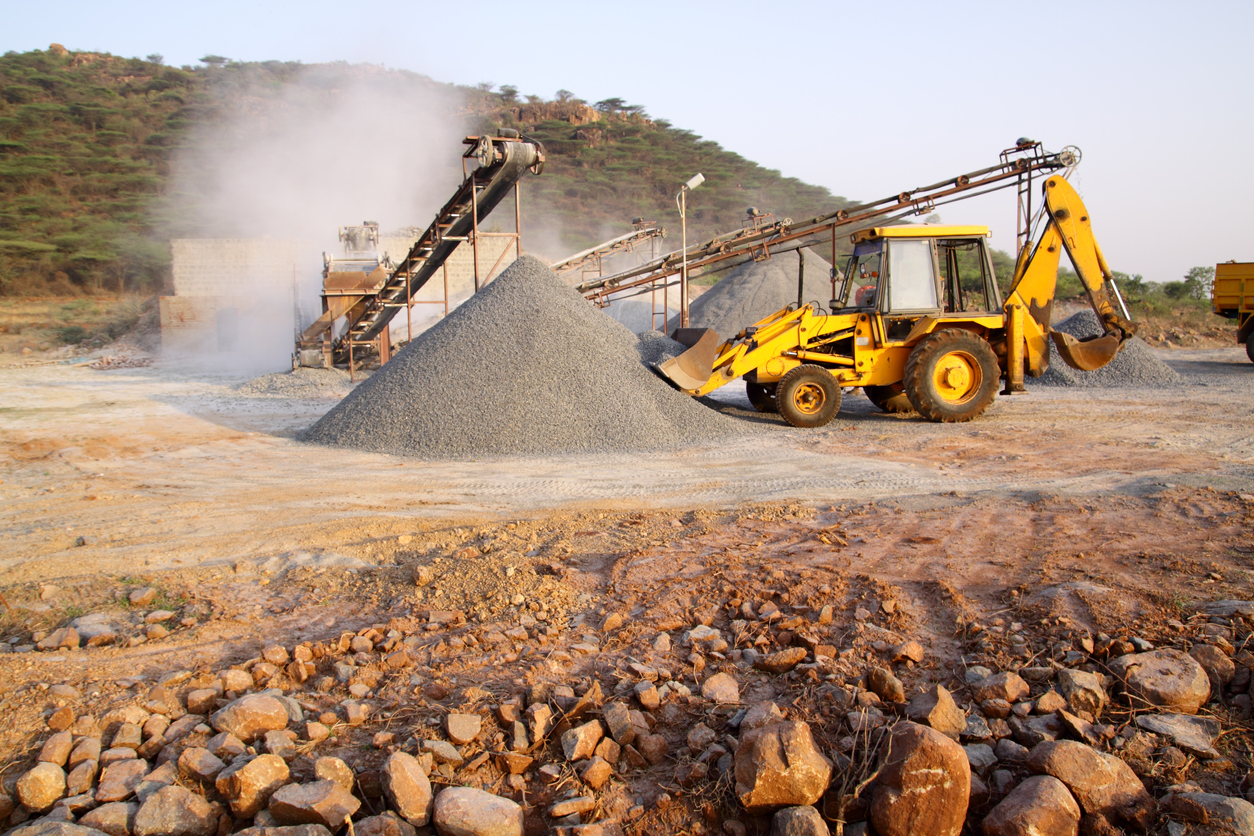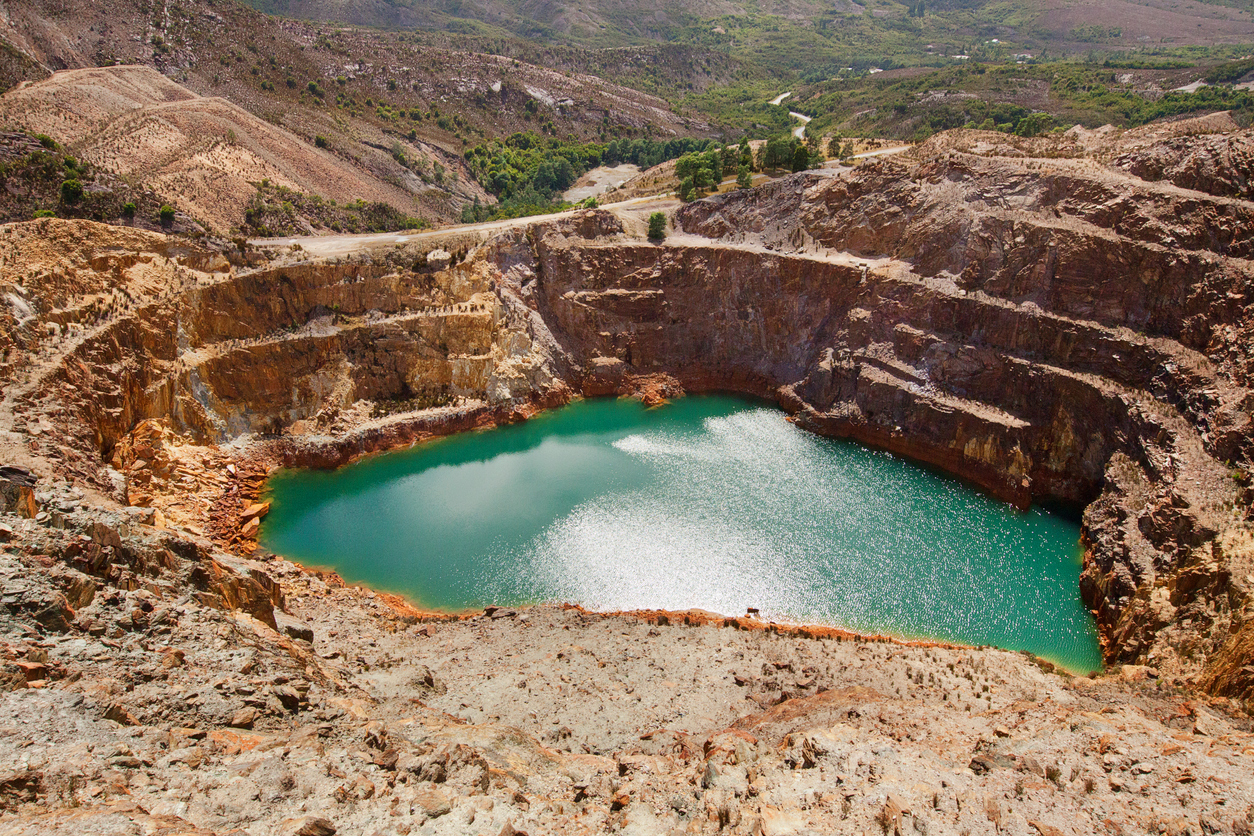An Evolving Industry
Transforming mining operations have led to the rise of model management solutions. In today’s dynamic mining industry, the evolution of block models is not merely a technical advancement but a transformative leap. With each passing year, the complexities grow, driven by cutting-edge technologies that redefine how we understand geological formations and mineral deposits.
Advancements in sensing technologies like hyperspectral and infrared spectral sensing have revolutionised the field, offering unparalleled insights into geology, rock texture, and mineralogy. These technologies pave the way for more intricate block models that capture finer details, crucial for accurate mining operations.
Behind these advancements lies the backbone of computing power. Modern computational capabilities empower miners to create block models with unprecedented resolution. These models, often measured in terabytes, offer detailed geological data but also pose significant challenges to traditional desktop applications and database systems.
The integration of data and machine learning marks a pivotal trend in mining practices. Linking material movement in mines with processing outcomes enhances the accuracy of block models and improves predictions for mine planning. Machine learning algorithms exploit correlations within vast datasets, optimising decision-making processes throughout the mining lifecycle.
Challenges of Block Model Management
These technological strides also bring forth substantial data management challenges. The sheer volume of data collected is immense, needing robust data governance frameworks. Mining companies frequently update multiple versions of block models, each tailored to different stages of production (monthly or quarterly updates). This requires version control mechanisms to ensure data integrity and reliability.
Responsibility for managing these complexities typically falls on individuals deeply embedded in the operational and strategic aspects of mining companies. Roles such as the chief geoscientist, and VP of technical planning are at the forefront. These professionals are tasked not only with leveraging technological solutions but also with ensuring the accuracy and integrity of data reported to stakeholders and regulatory bodies.
Maintaining coherence across numerous ore bodies managed by large mining companies is a huge task. Each ore body possesses its own unique block model, making comprehensive data governance pivotal. Errors in modifying block models can have profound consequences, influencing reported figures and potentially impacting market perceptions.
Enter K2fly
This is where solutions like K2fly’s Model Manager come into play. Designed to streamline data management across mining operations, the model manager offers a unified platform for integrating diverse datasets. Traditional relational databases often struggle with the scale and complexity of block models, whereas K2fly’s solution excels in handling vast amounts of data. Its analytical capabilities empower users to extract insights swiftly, facilitating informed decisions.
One of the standout features of K2fly’s Model Manager is its ability to aggregate data at scale. Whether blocking out an entire bench or retrieving specific data points from extensive block models, the platform ensures efficiency. By collecting data from various mining applications and file types into a single database, it simplifies workflows and enhances accessibility.
To the Future
Looking ahead, the evolution of model management in mining is poised to continue. The concept of maintaining a single, adaptable model of geological assets—where updates are easier and version control is transparent—represents the future. As technologies advance and operational demands grow, solutions like Model Manager are expected to evolve, integrating even more advanced features such as surface integration and enhanced version tracking.
The benefits of adopting advanced model management solutions in mining are clear. From improving data integrity and governance to enhancing operational efficiencies and decision-making, these tools are essential in today’s complex mining landscape. As mining companies deal with different challenges, investing in robust model management solutions will be key to maintaining competitive advantage and sustainable growth in the years to come.






